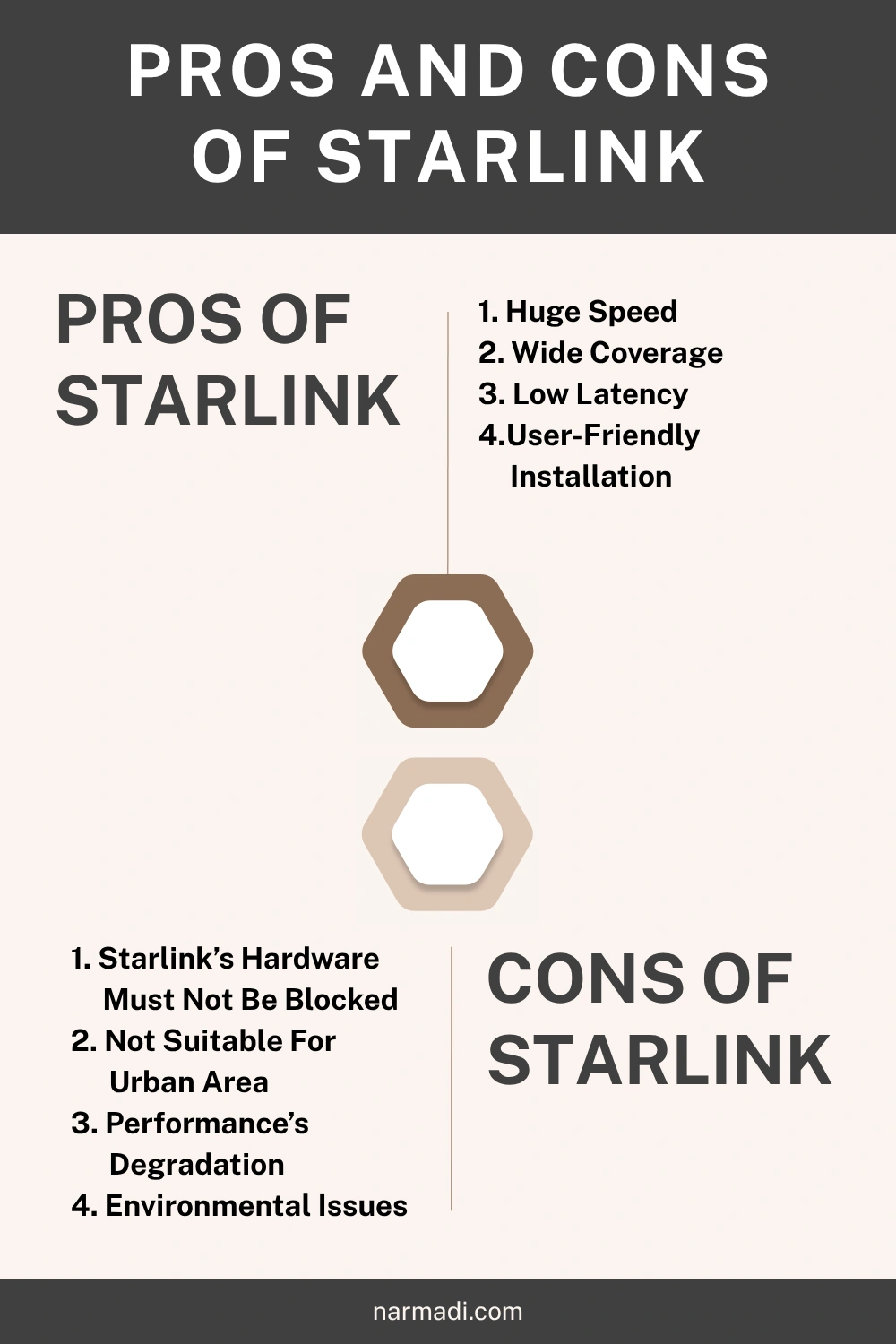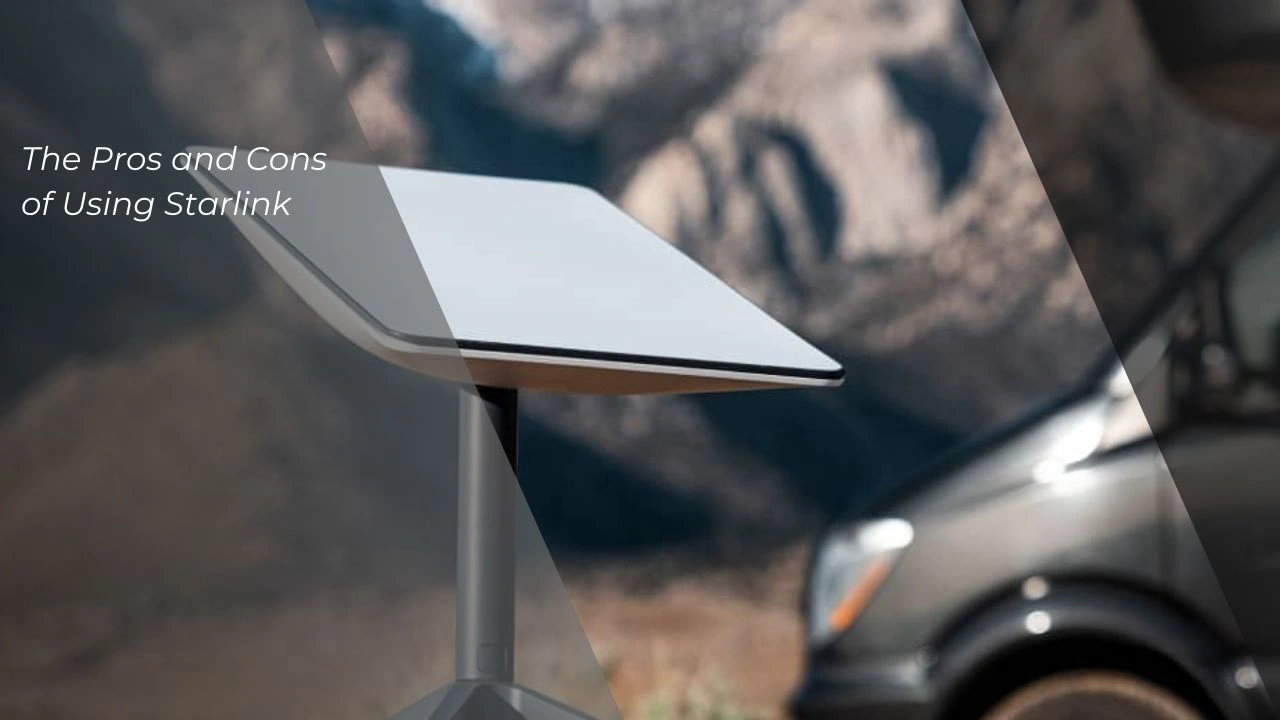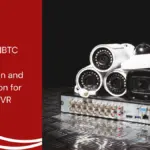What are the pros and cons of Starlink? Since launched back in 2019, Starlink has been a global phenomenon that revolutionizes internet technology.
Starlink, is a satellite internet provider that utilizes low-orbit satellites to deliver high-speed internet, particularly to areas underserved by traditional telecommunication infrastructure.
For those in remote locations, Starlink can be a game-changer. However, for urban dwellers, signal interference should be carefully considered before switching to this network.
Also Read
So, here’s the breakdown of Starlink’s pros and cons before you consider using one!
Table of Contents
Pros of Starlink

1. Huge Speed
Starlink’s defining feature is its exceptional data transmission speeds. Early tests revealed download speeds of 100 Mbps and upload speeds of 20 Mbps, with the potential to reach 222 Mbps and 24 Mbps, respectively. Future plans include further boosting speeds to 1 Gbps.
These extraordinary speeds position Starlink as a frontrunner for those seeking high-speed internet, especially in remote areas with limited connectivity options.
Starlink’s potential to bridge the digital divide makes it a transformative force in internet access.
2. Wide Coverage
Starlink’s unique feature is its capability to deliver internet access to far-flung regions without relying on cable infrastructure.
This implies that the service remains operational even during disruptions to physical telecommunications infrastructure or power outages.
This is a boon for rural communities that are often neglected by traditional internet service providers.
3. Low Latency
Starlink’s LEO satellites, positioned closer to Earth than GEO satellites, achieve remarkably lower latency.
To illustrate this feat the GEO satellite latency hovers around 477 milliseconds, while Starlink’s is a mere 27 milliseconds.
This significant latency gap translates to expedited data transfer and a more reactive internet experience.
4. User-Friendly Installation

Starlink’s user-friendly installation stands out as another key benefit. The Starlink terminal, consisting of an antenna and a WiFi router, is remarkably simple to set up.
Guided by comprehensive installation instructions and a dedicated app, Starlink installation can be accomplished in less than 30 minutes.
Once installed, the Starlink terminal can be positioned on any flat surface, including the ground or a rooftop.
Cons of Starlink
Even with all of its advantages, Starlink also has some disadvantages that you might consider before using one.
1. Starlink’s Hardware Must Not Be Blocked
To ensure optimal performance, Starlink terminals require installation in open areas free from obstructions like trees or tall buildings.
Starlink’s network frequencies are prone to disruption by physical barriers or extreme weather, posing a significant installation hurdle for individuals residing in areas characterized by abundant obstructions.
2. Not Suitable For Urban Area
Starlink, though great for remote regions, struggles in densely populated urban environments.
Signal interference caused by the abundance of tall buildings in these areas can significantly degrade the service’s performance.
Users in large cities might find Starlink less satisfactory compared to the superior stability offered by wired internet alternatives.
3. Performance’s Degradation
The shared nature of Starlink’s network resources, where multiple users simultaneously access the same network frequencies, can lead to performance degradation.
This phenomenon, known as network congestion, occurs when the demand for bandwidth exceeds the network’s capacity to handle it.
As a result, individual users experience slower speeds, increased latency, and potential interruptions in service.
Furthermore, localized surges in user activity within a specific area can also have a detrimental impact on Starlink’s service quality.
For instance, if a large number of users in a particular neighborhood start streaming high-definition videos simultaneously, the network’s capacity to handle the increased traffic may be overwhelmed, leading to slower speeds and buffering for all users in the affected area.
4. Environmental Issues

Starlink, the ambitious satellite constellation project spearheaded by SpaceX, has undoubtedly revolutionized internet access, bringing connectivity to underserved regions and bridging the digital divide.
However, amidst its transformative potential, Starlink’s impact extends beyond the realm of internet connectivity, raising concerns about its environmental and astronomical implications.
So there you are the 4 pros and cons of Starlink that you need to think about before deciding to use one.
For that being said, you also need to consider that a product like Starlink needs to be certified by the SDPPI approval.
This type of certification ensures that all the technology and devices that uses a radio frequency technology, such as Stalink’s terminal, is within Indonesian radio frequency technology policy.











